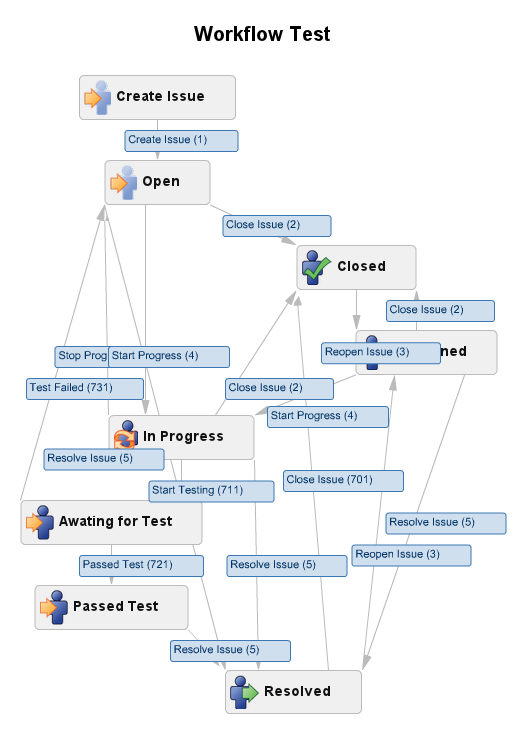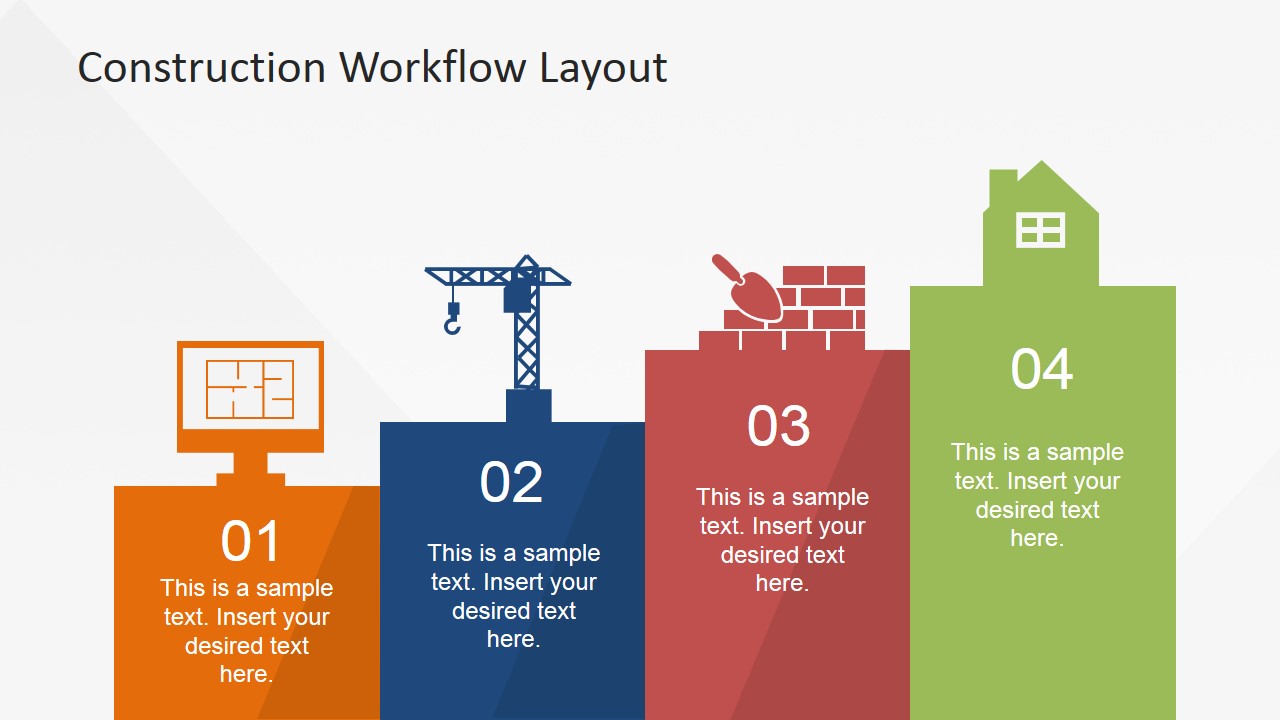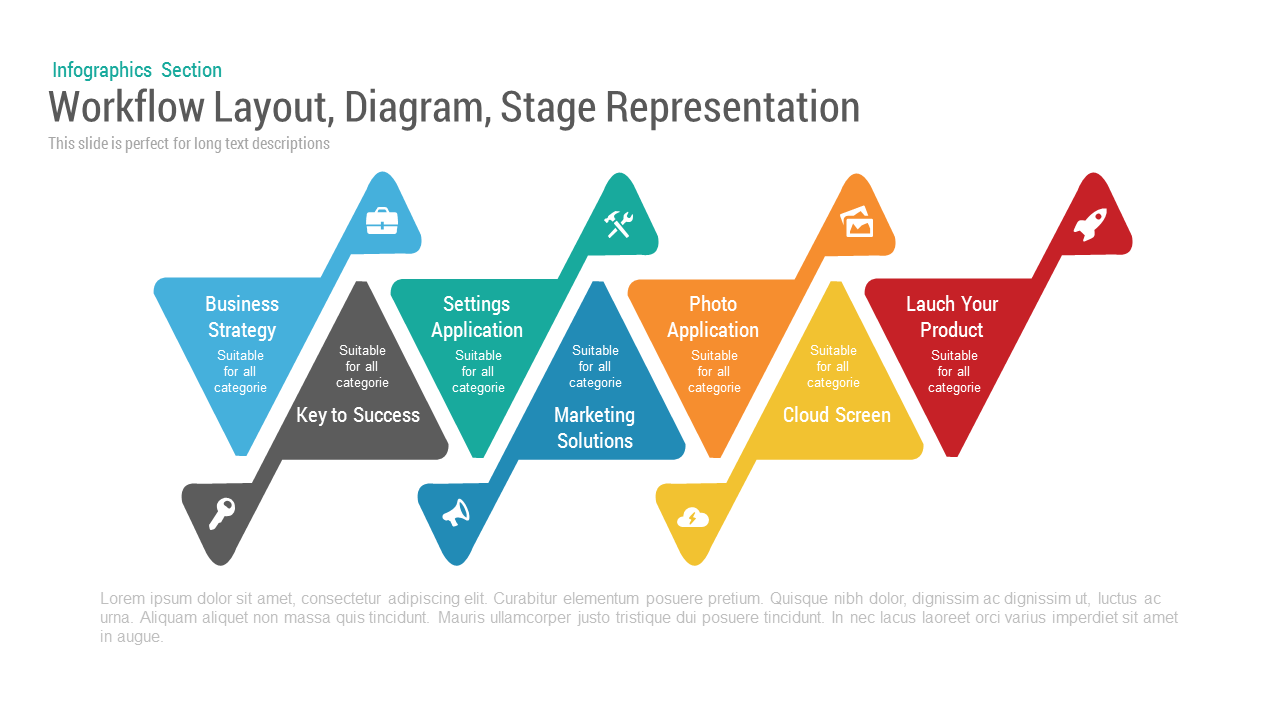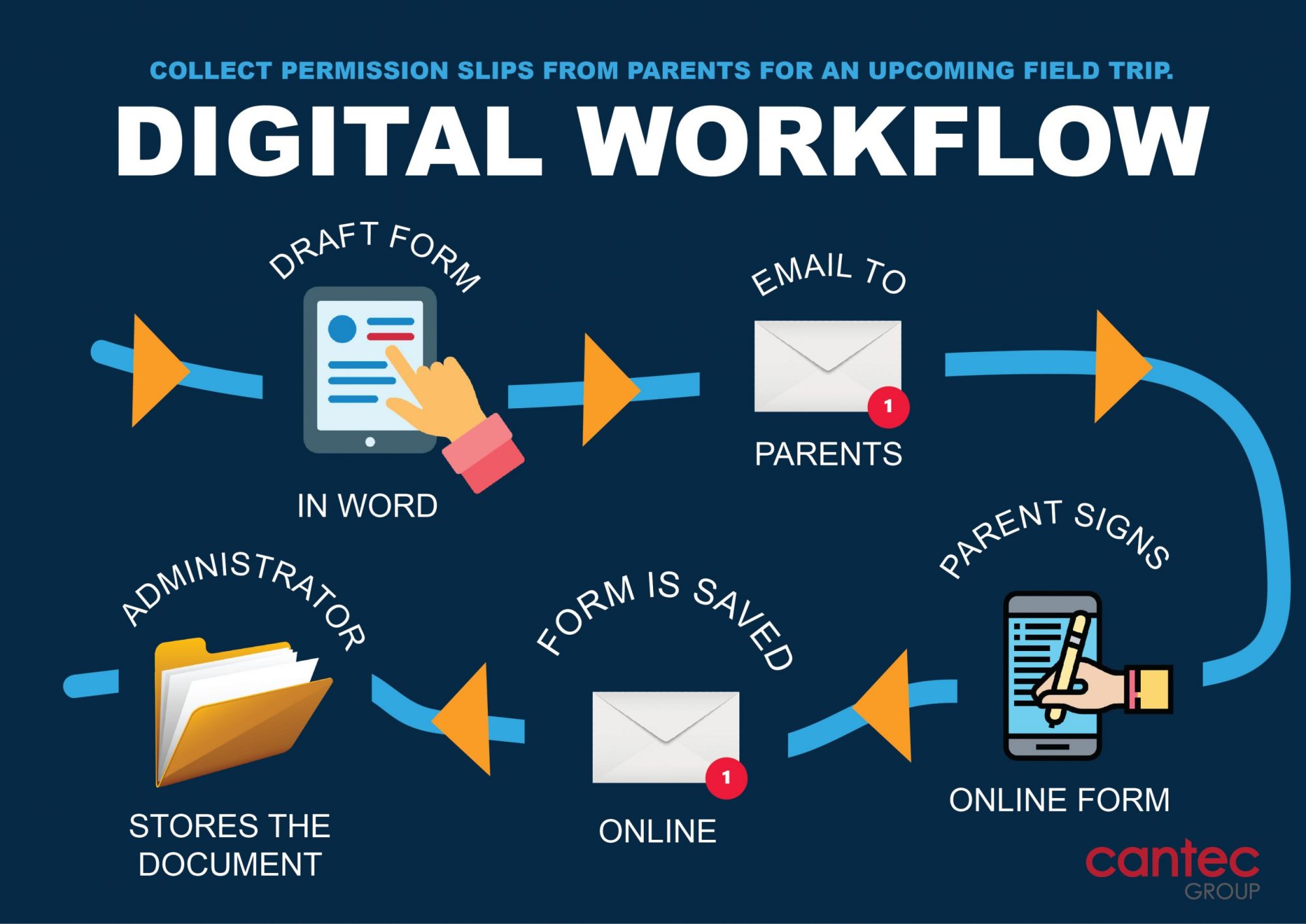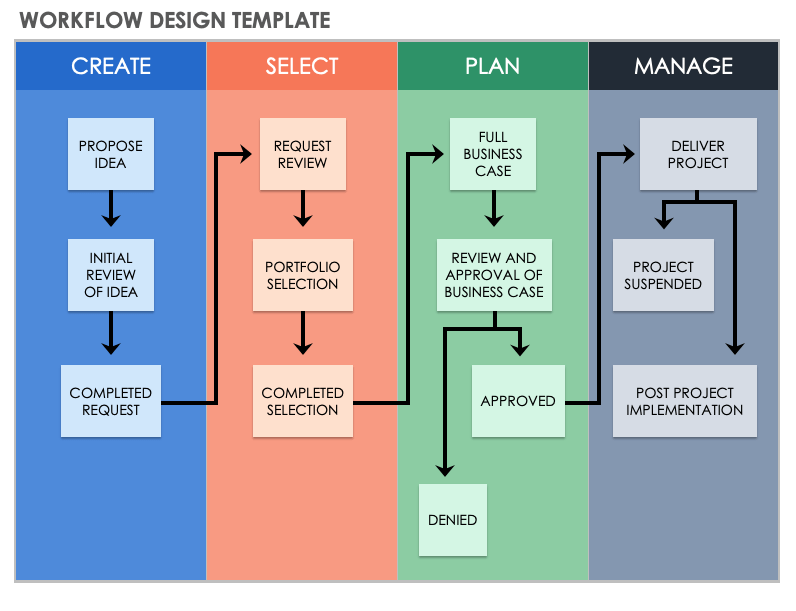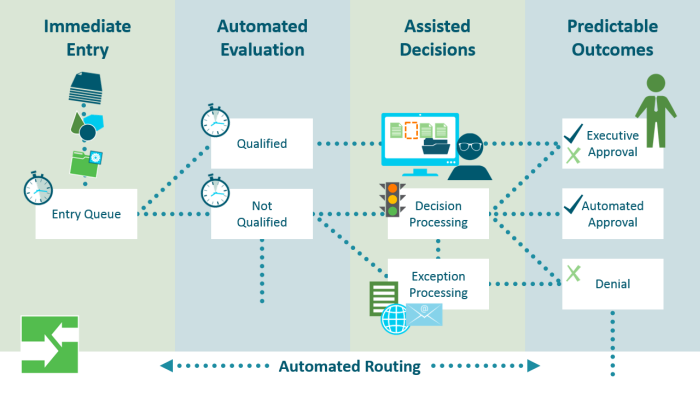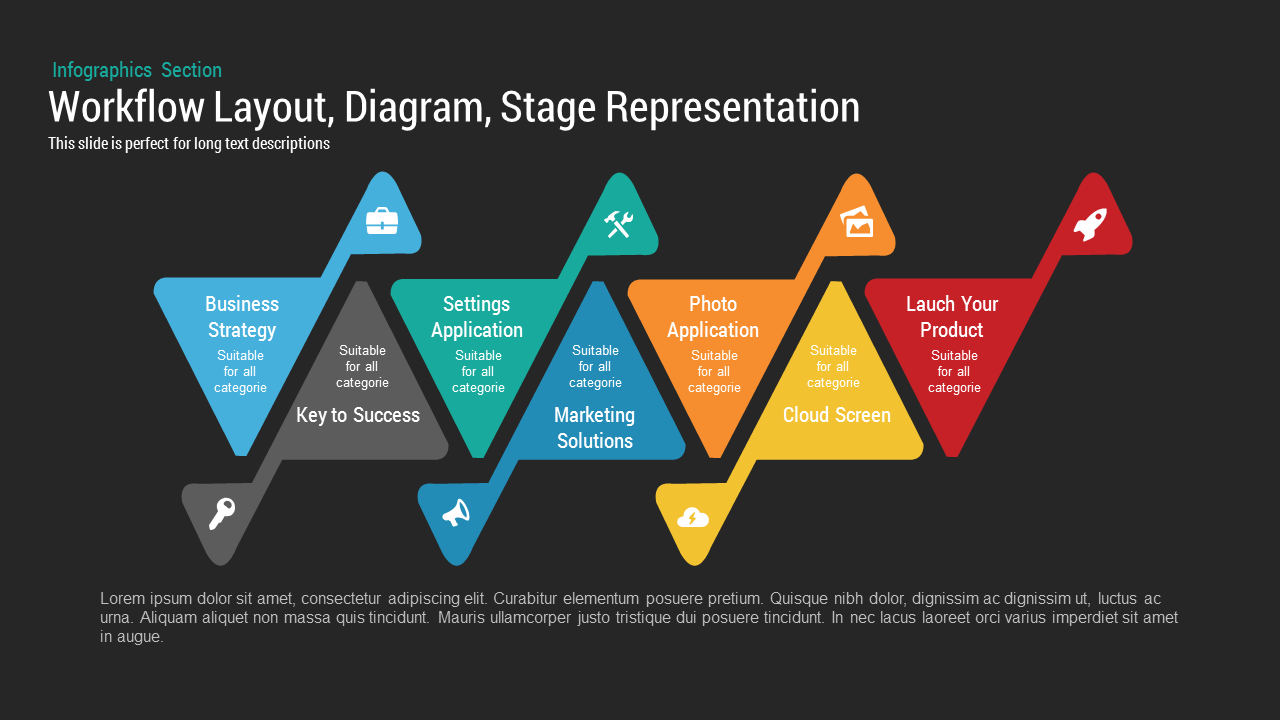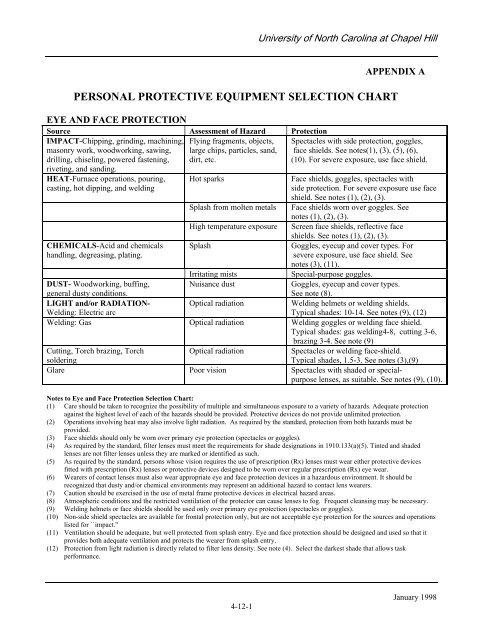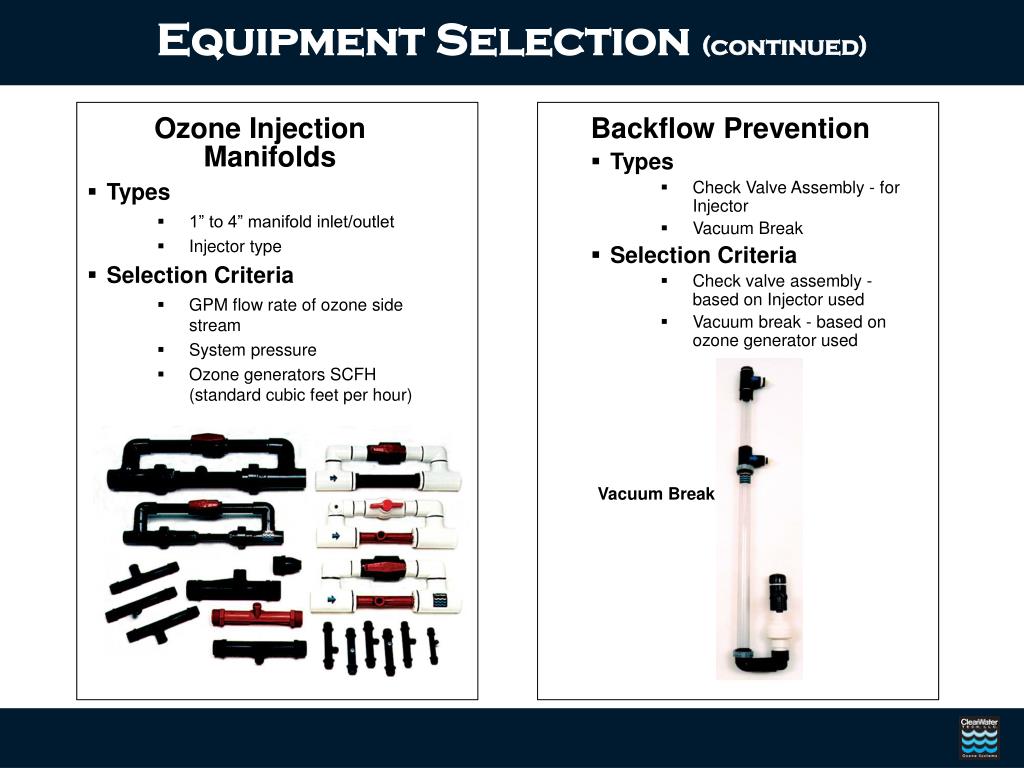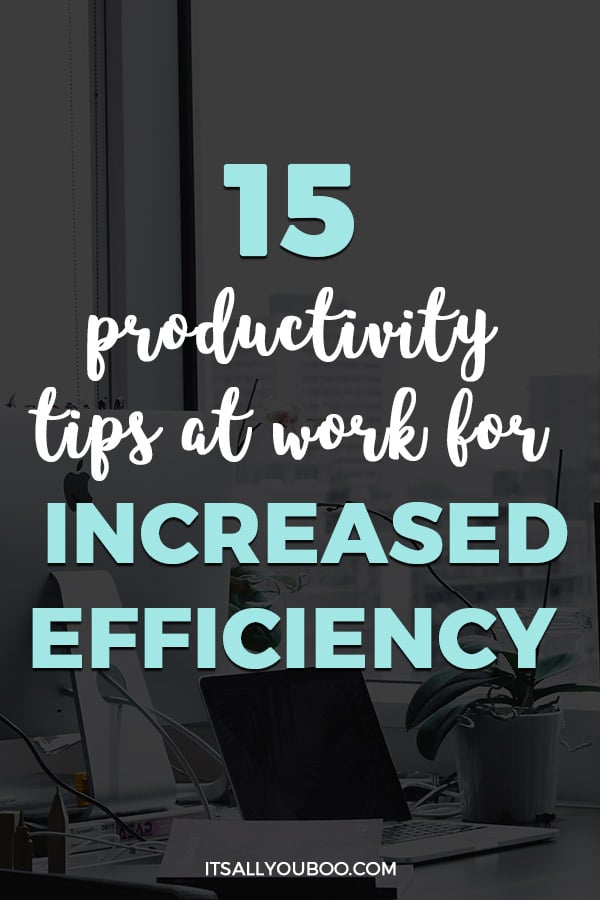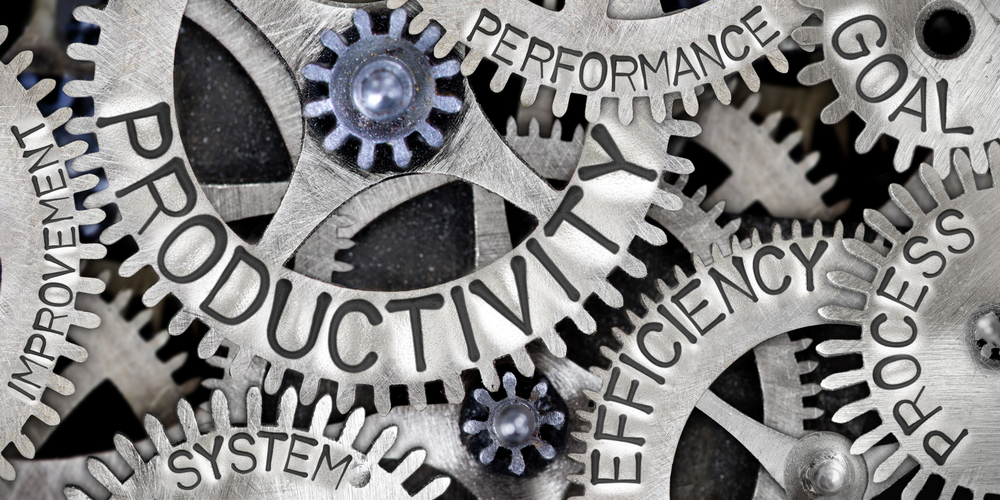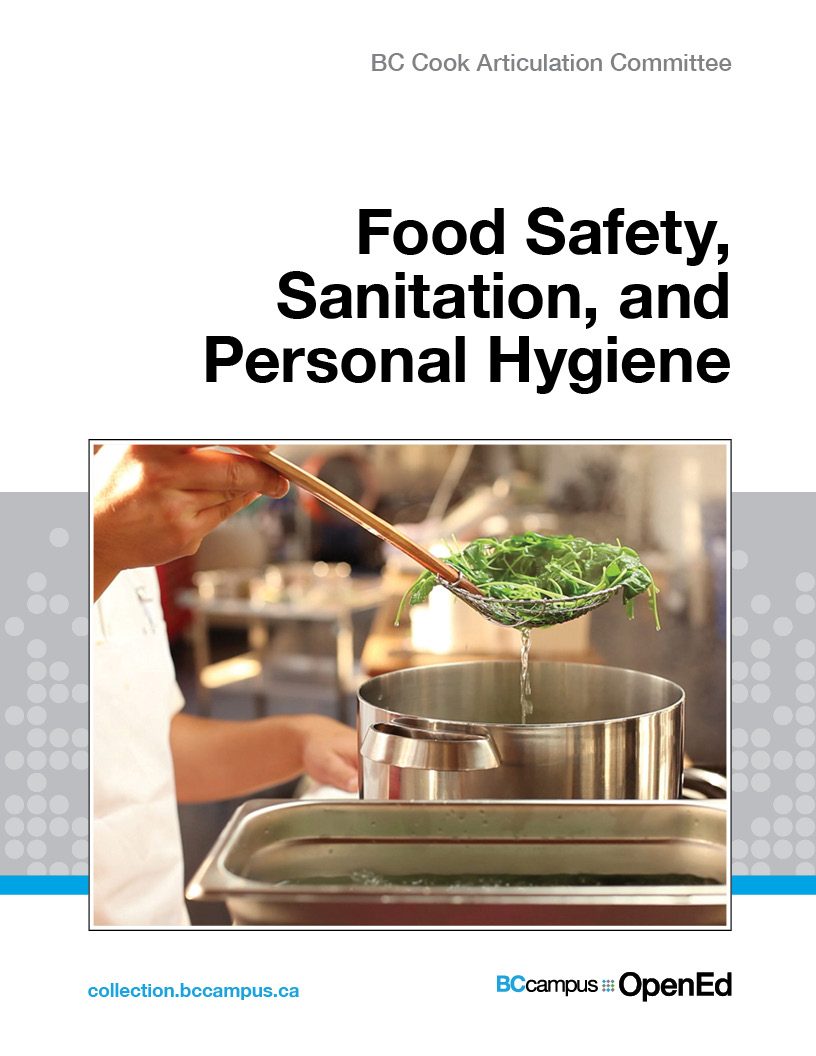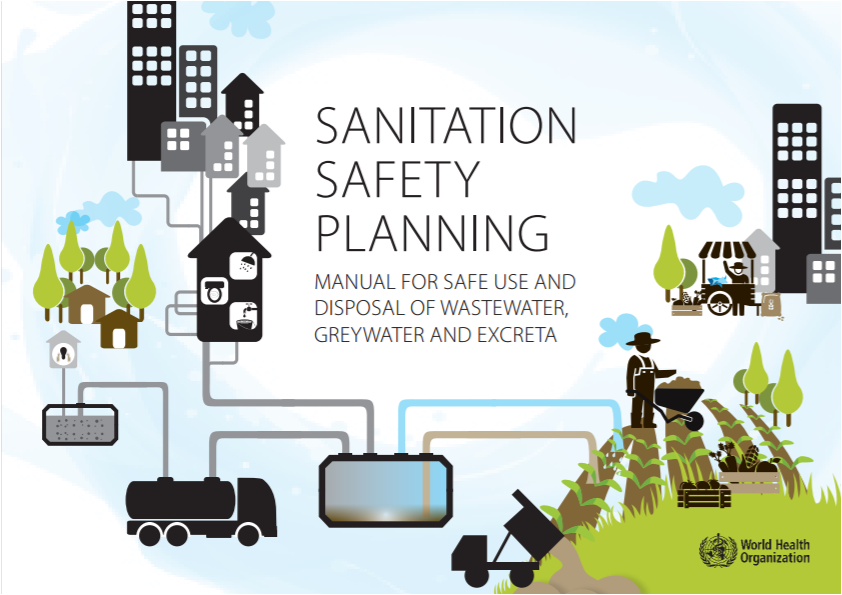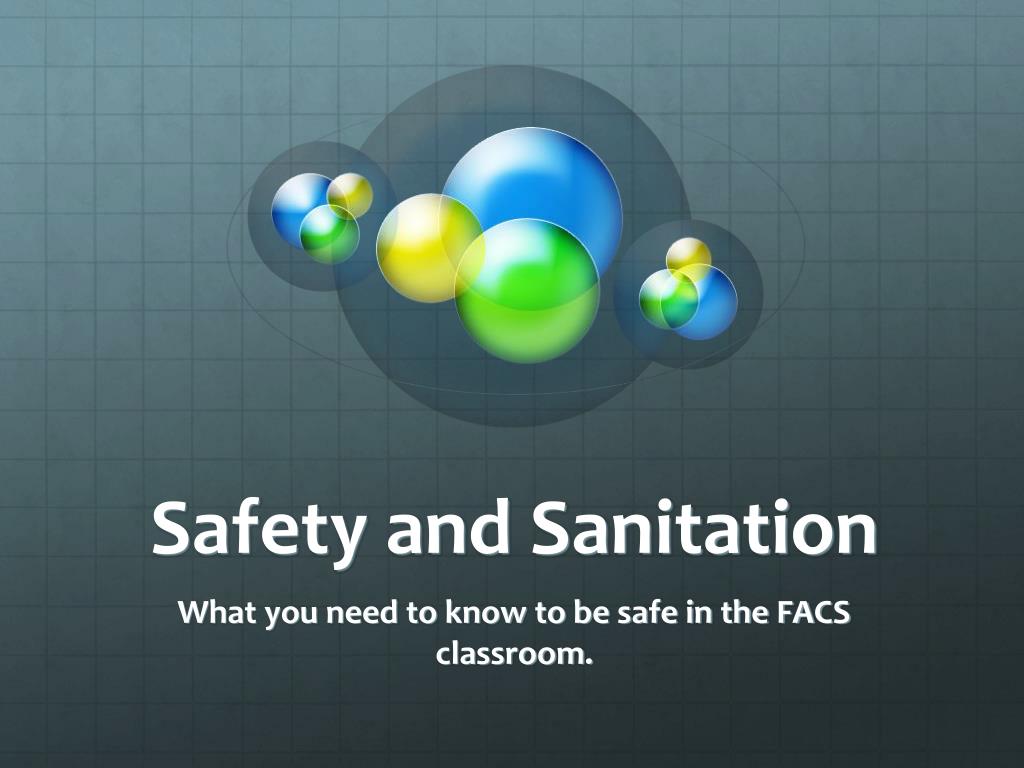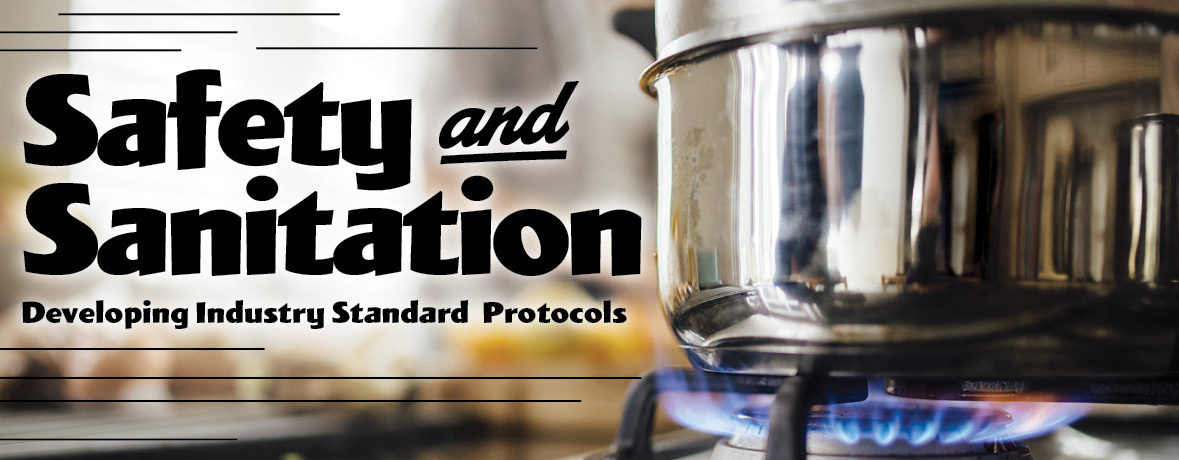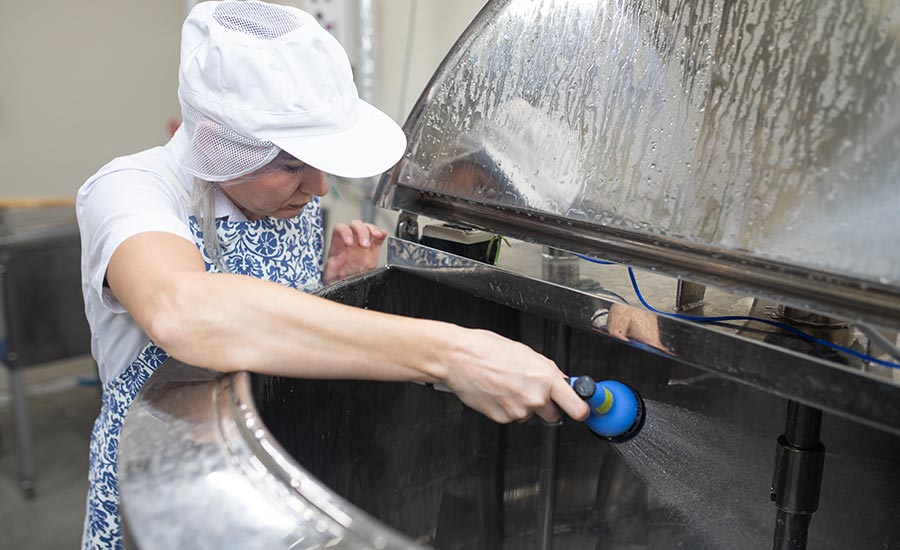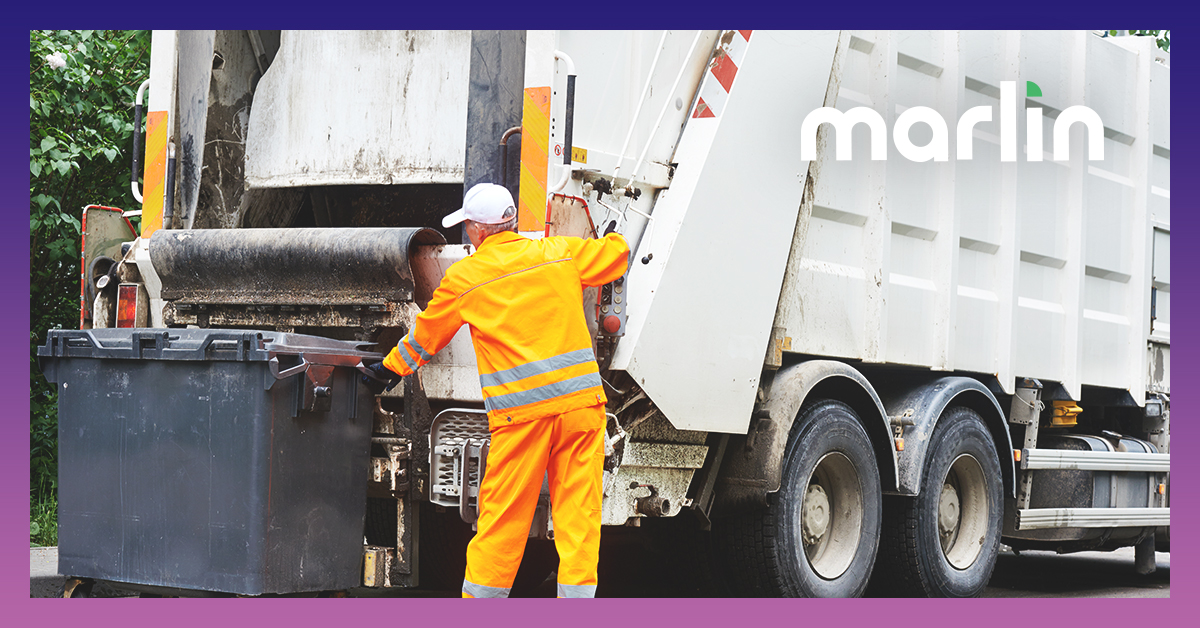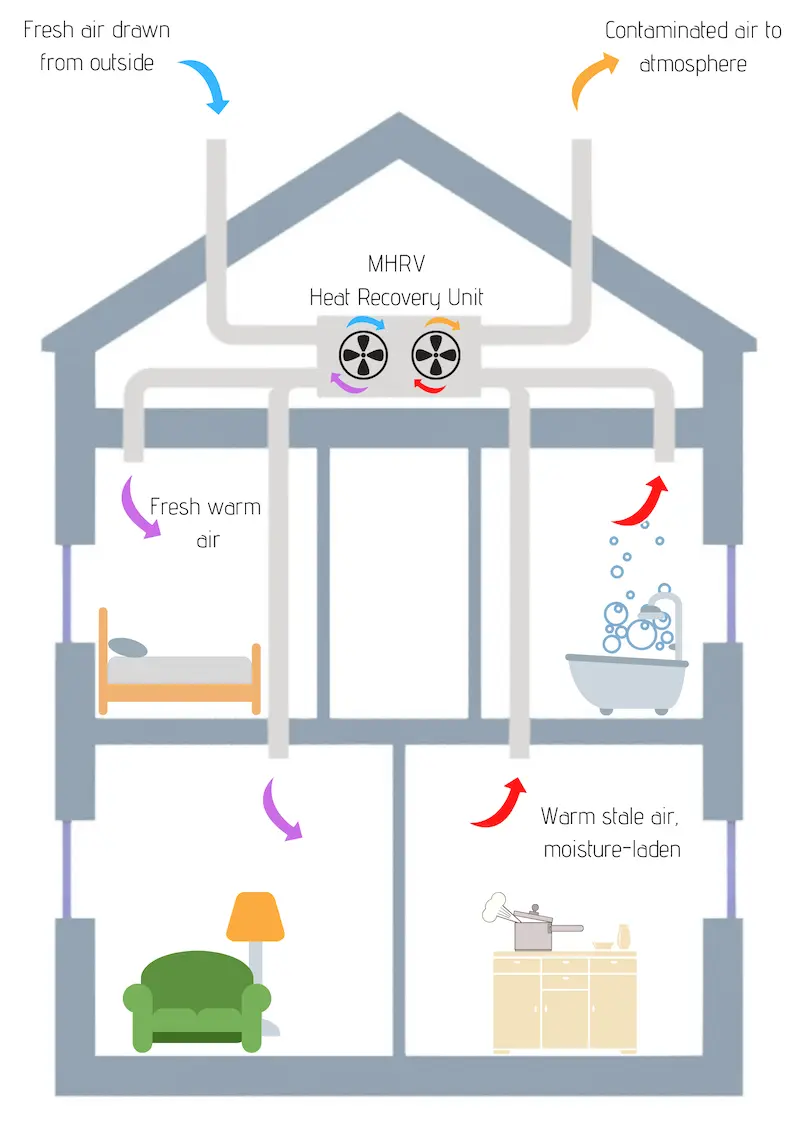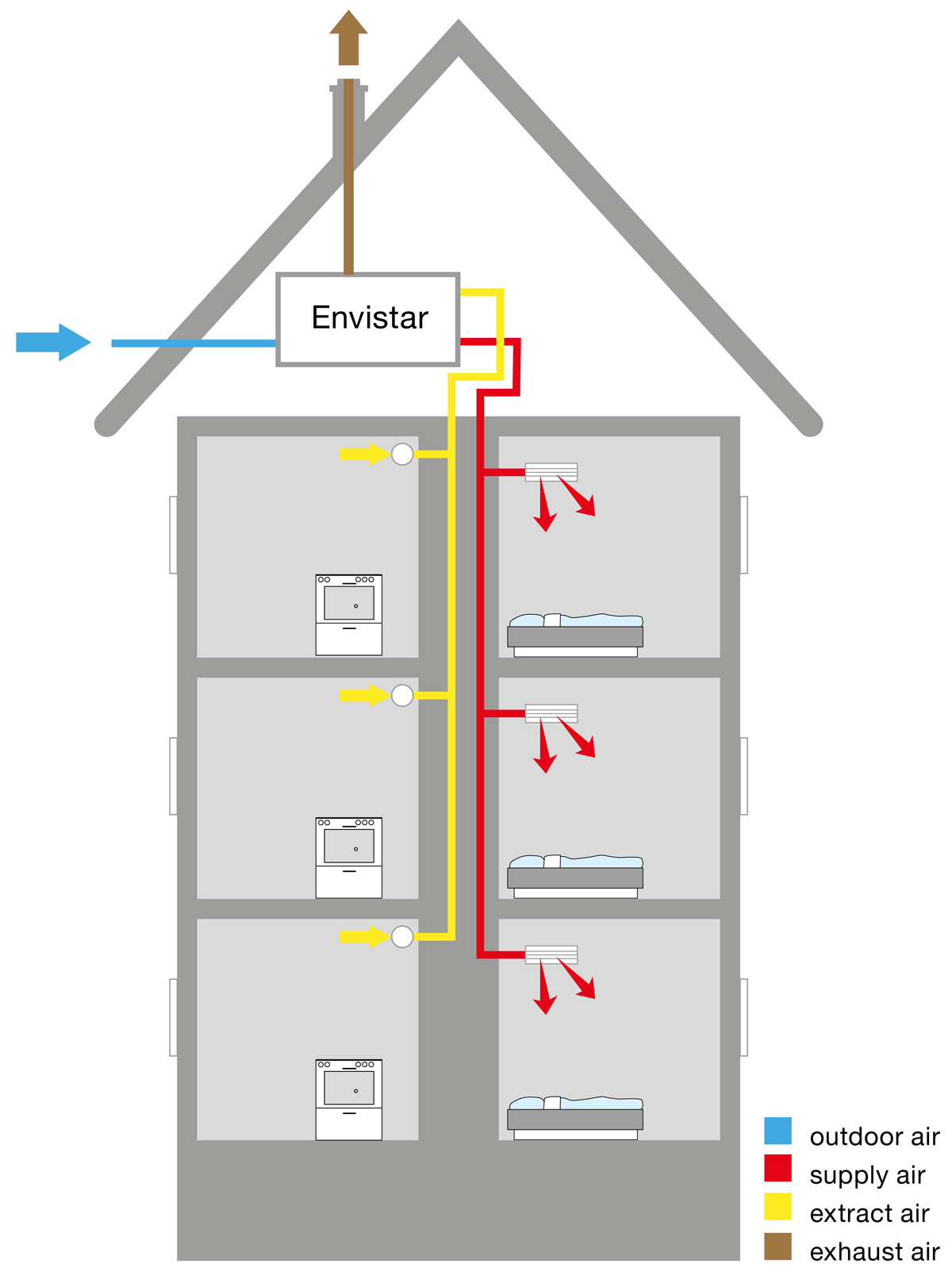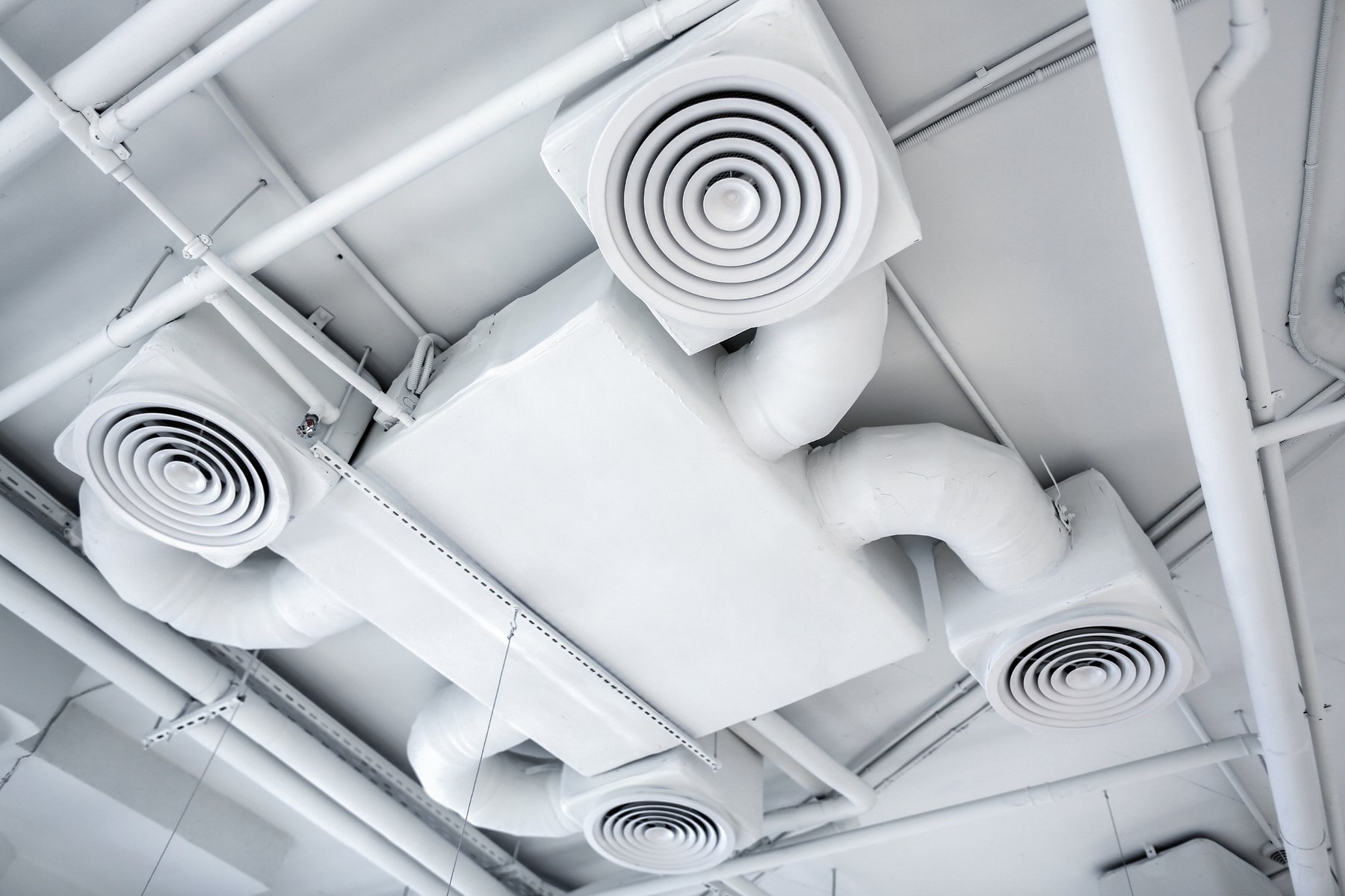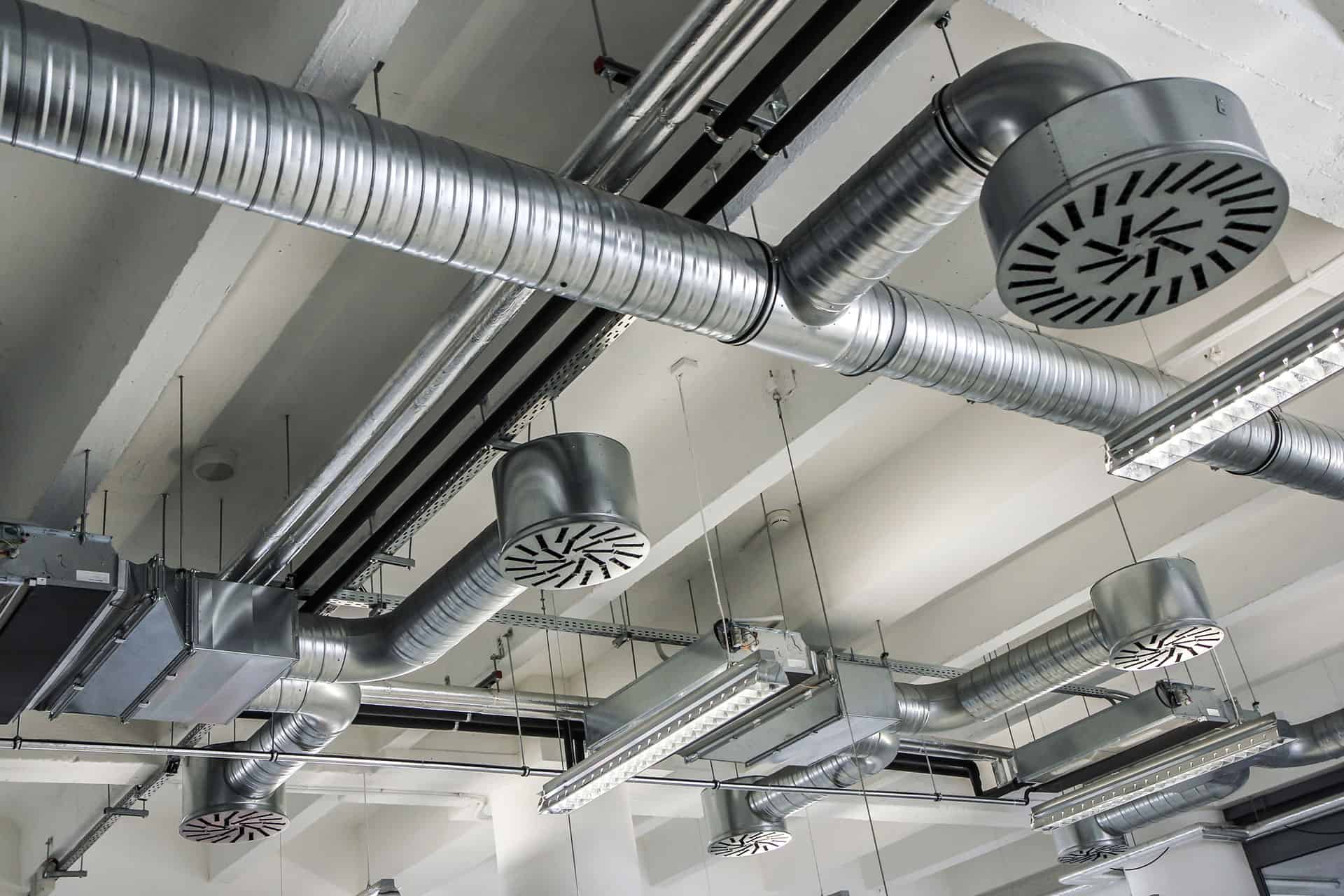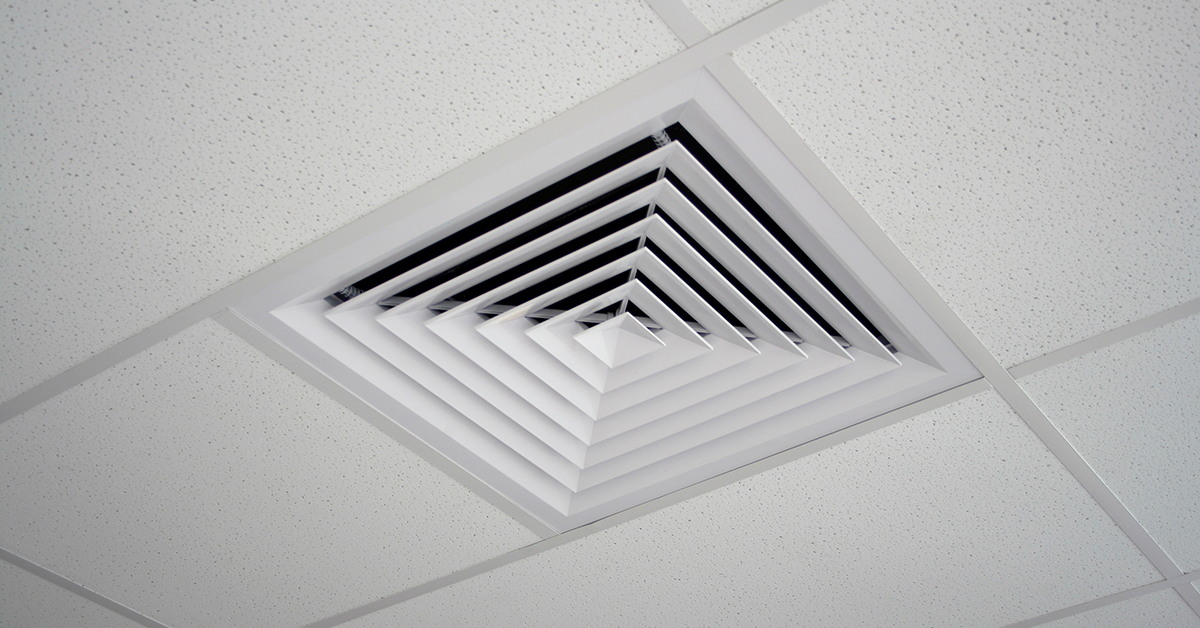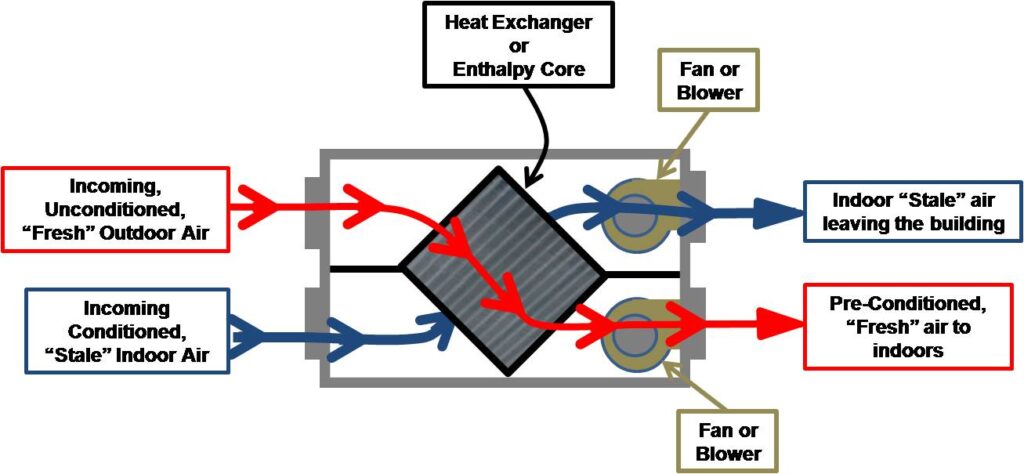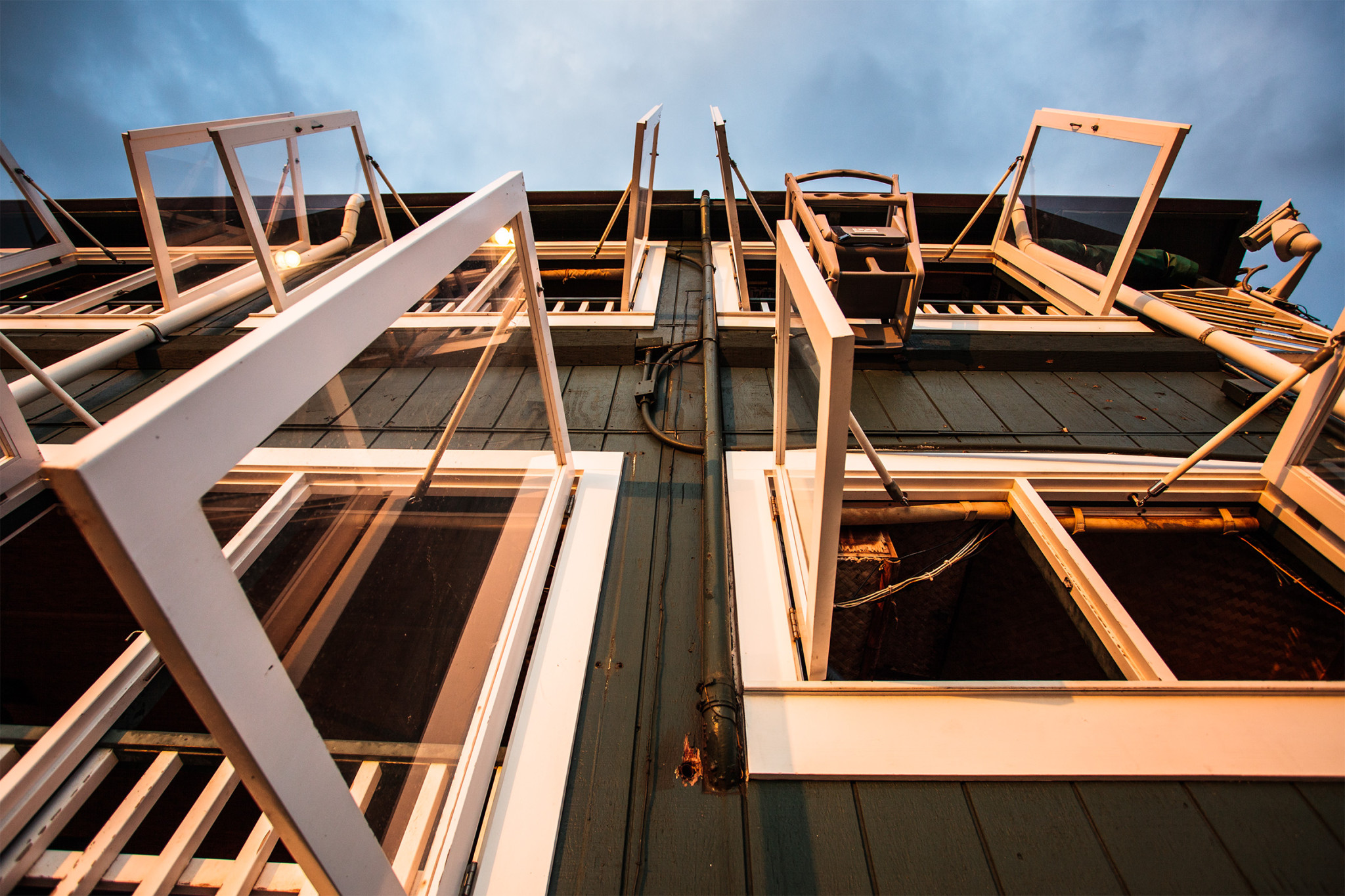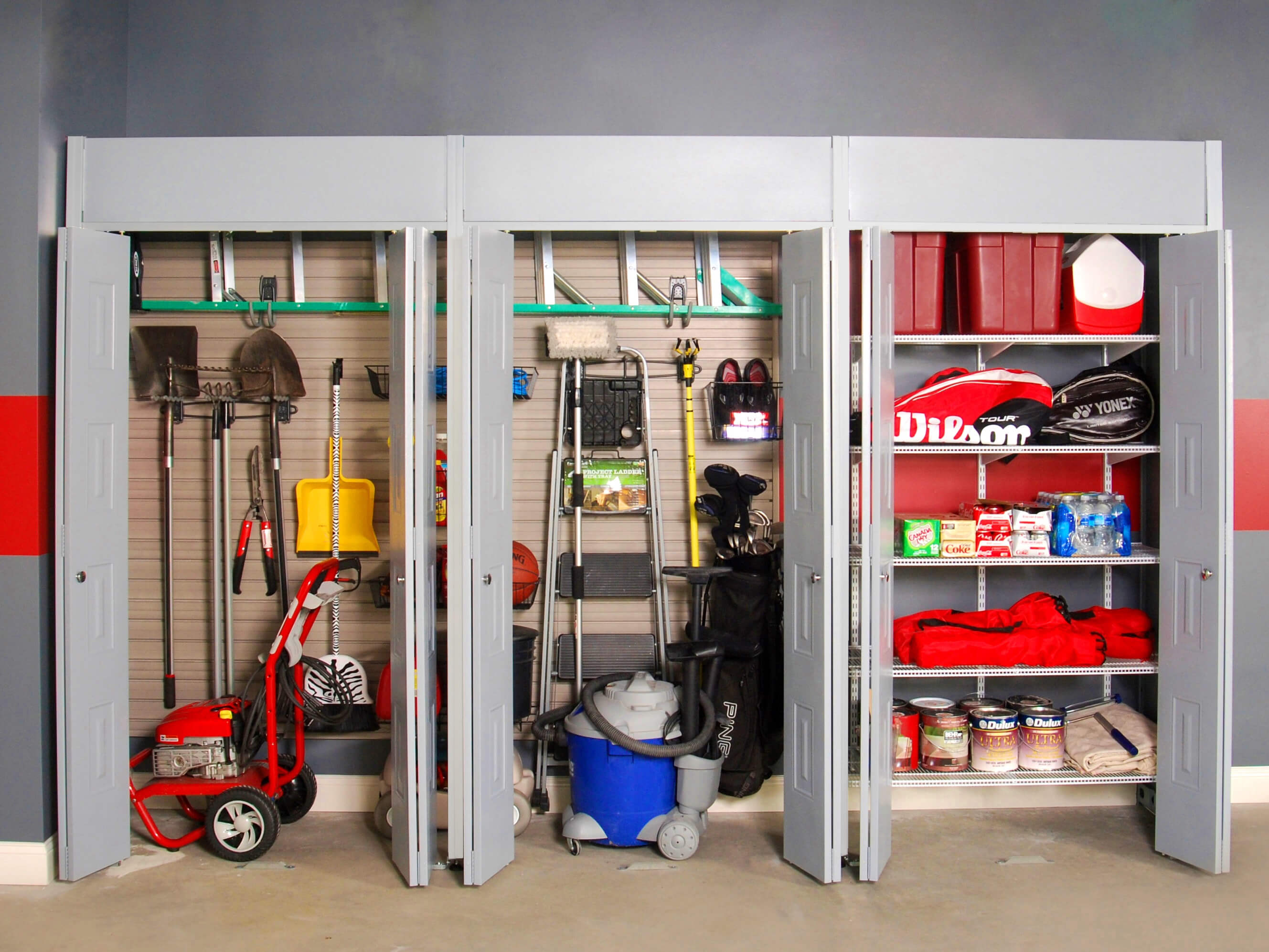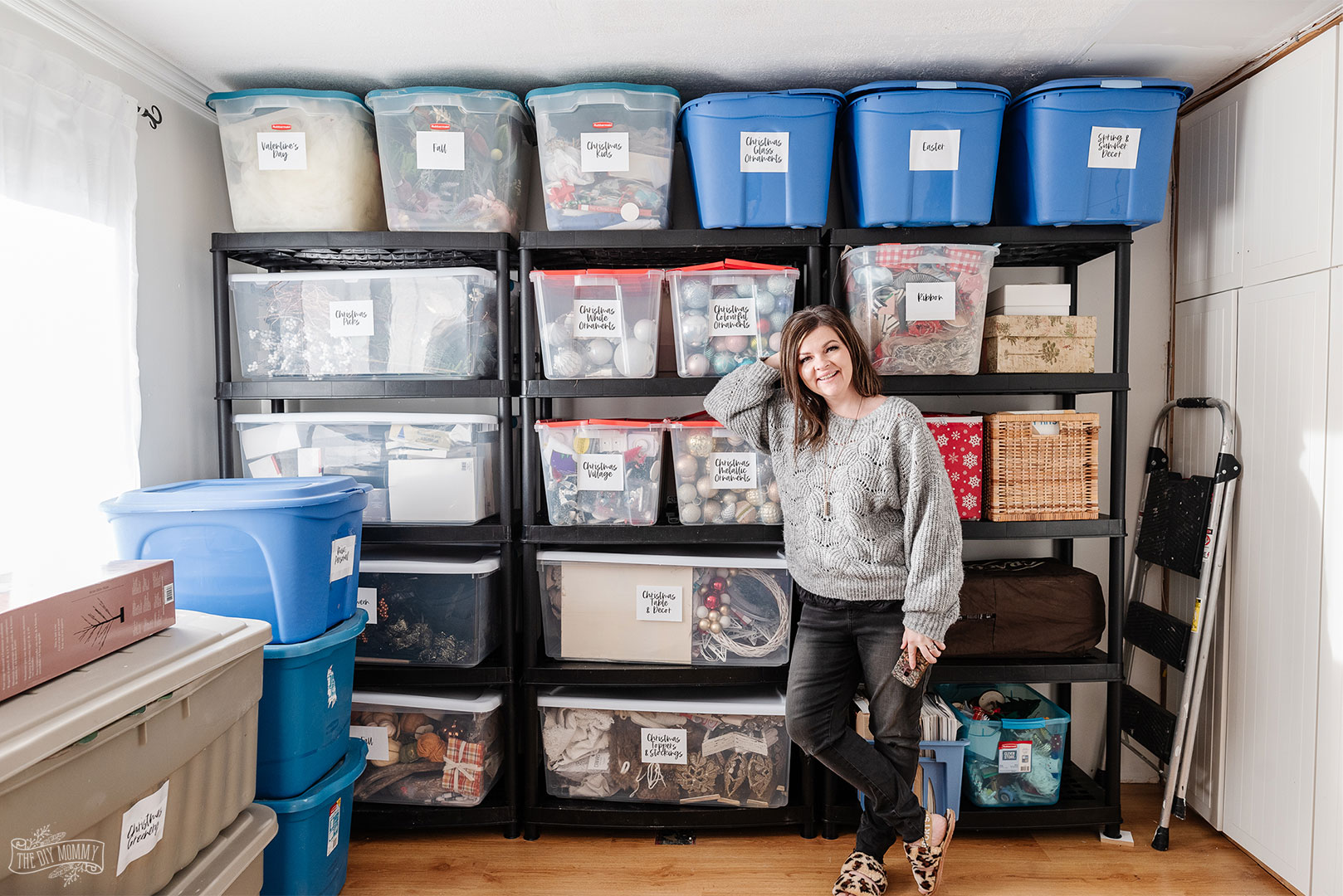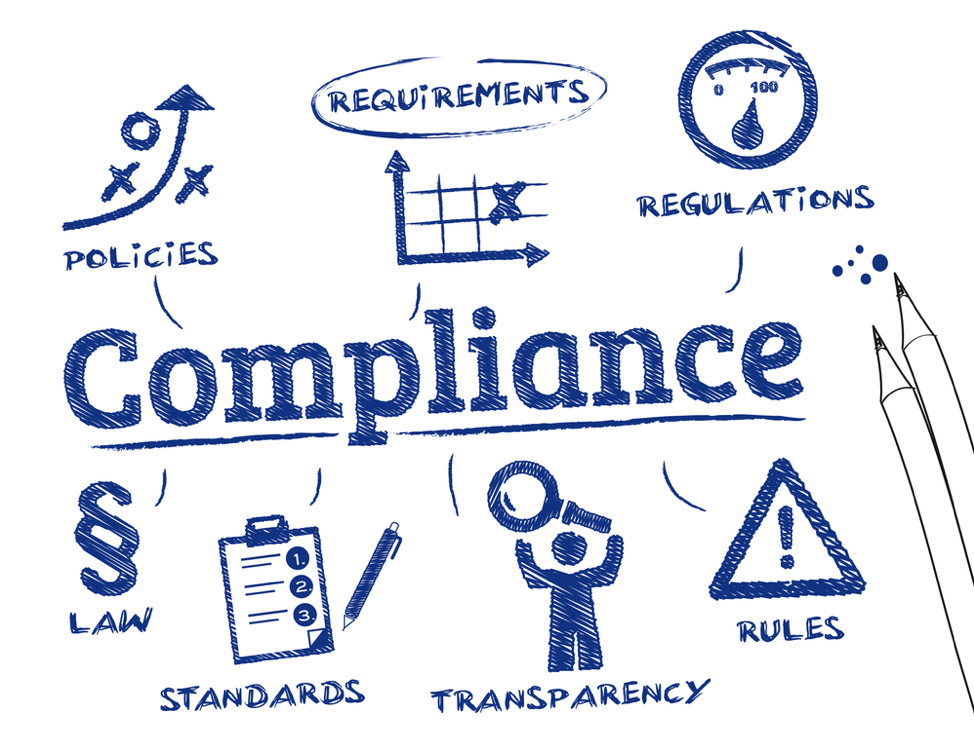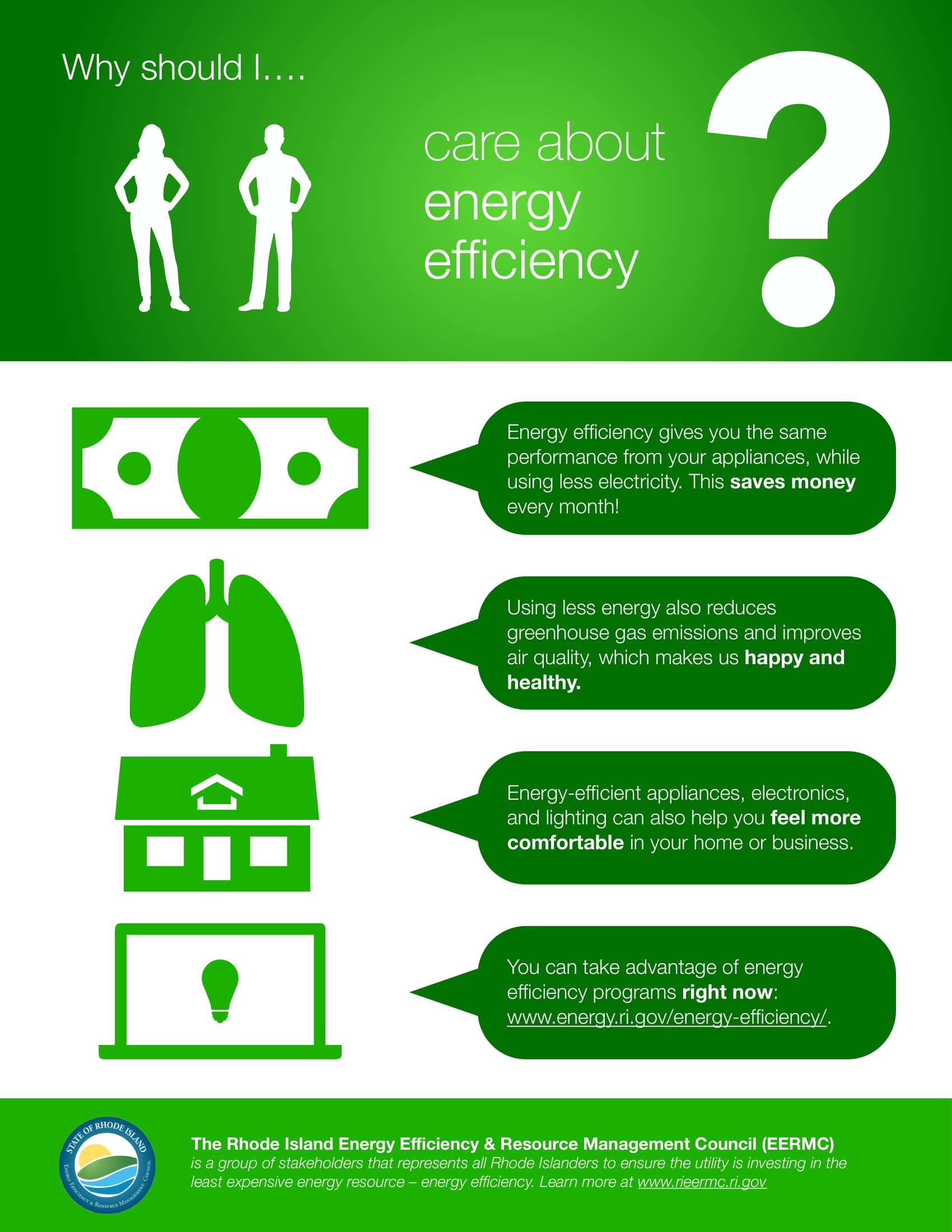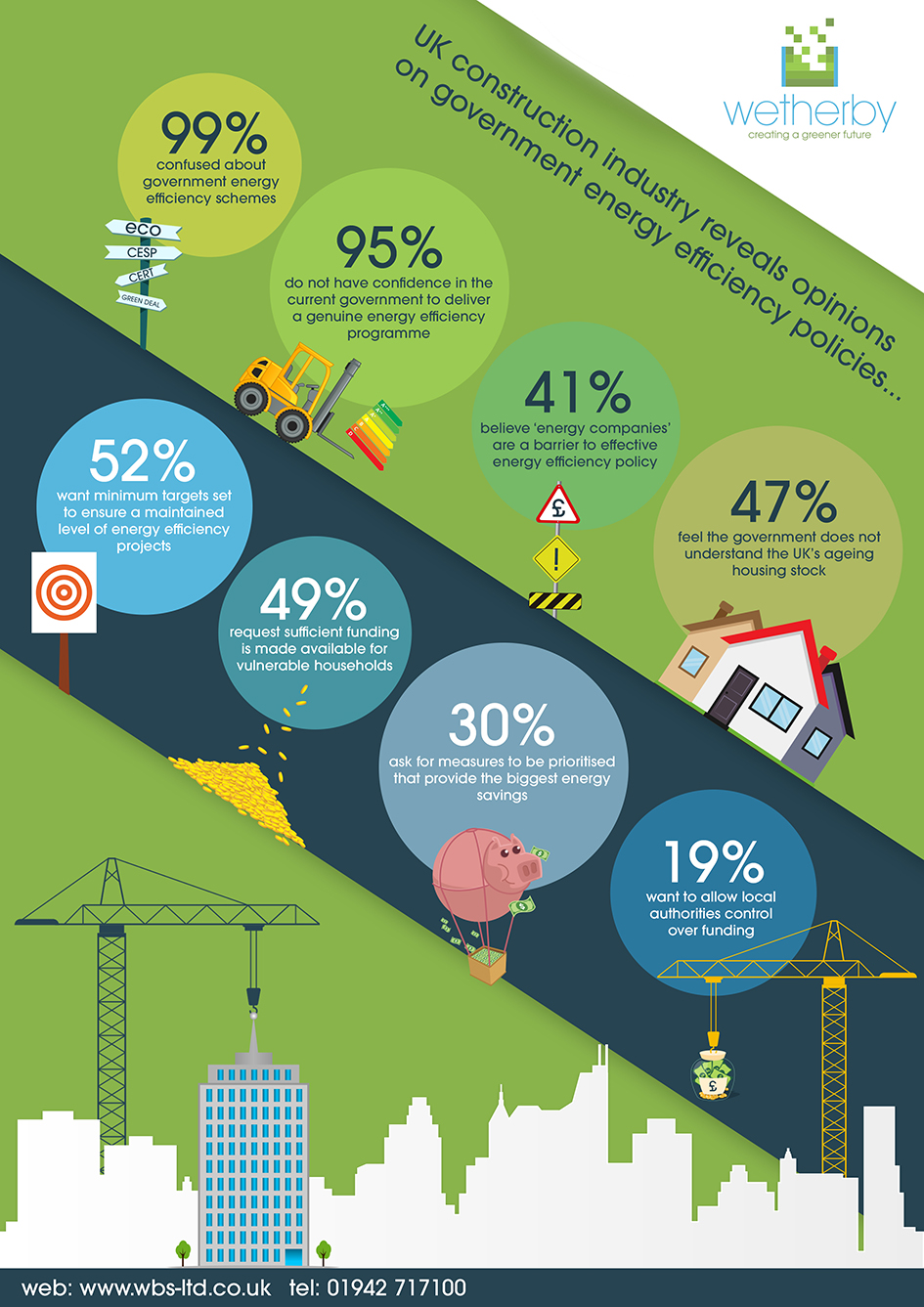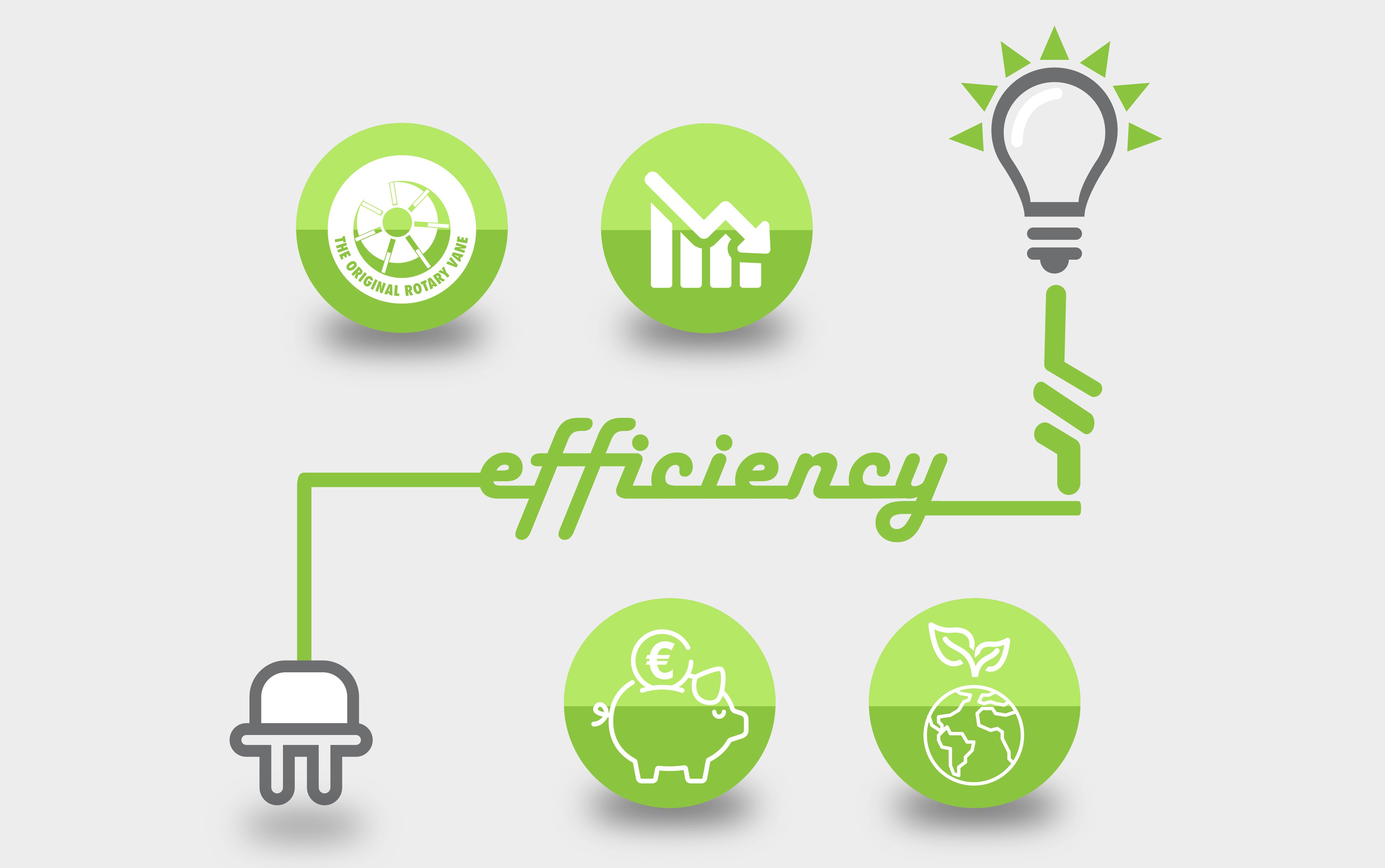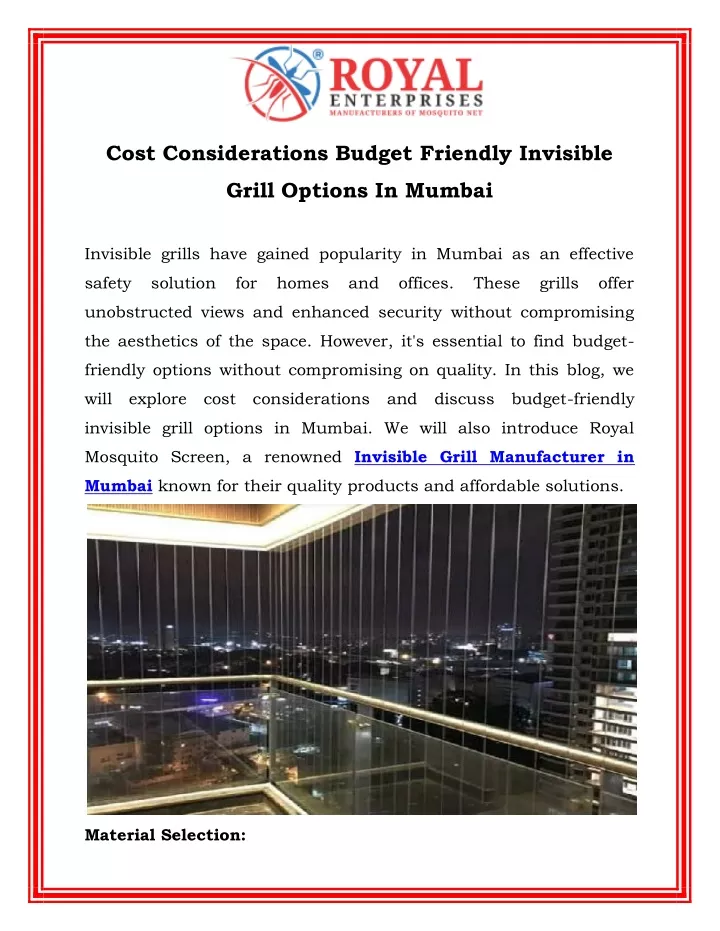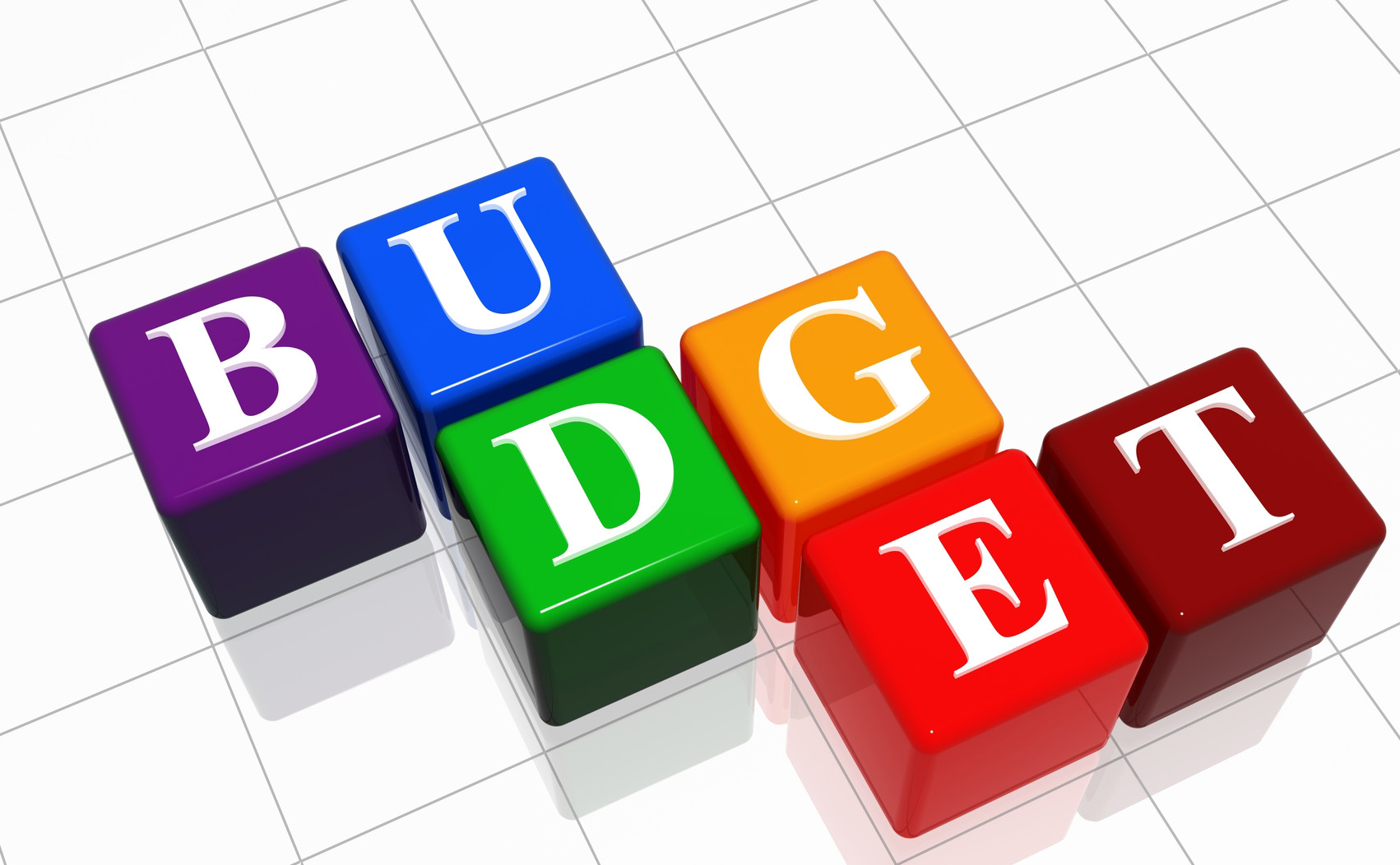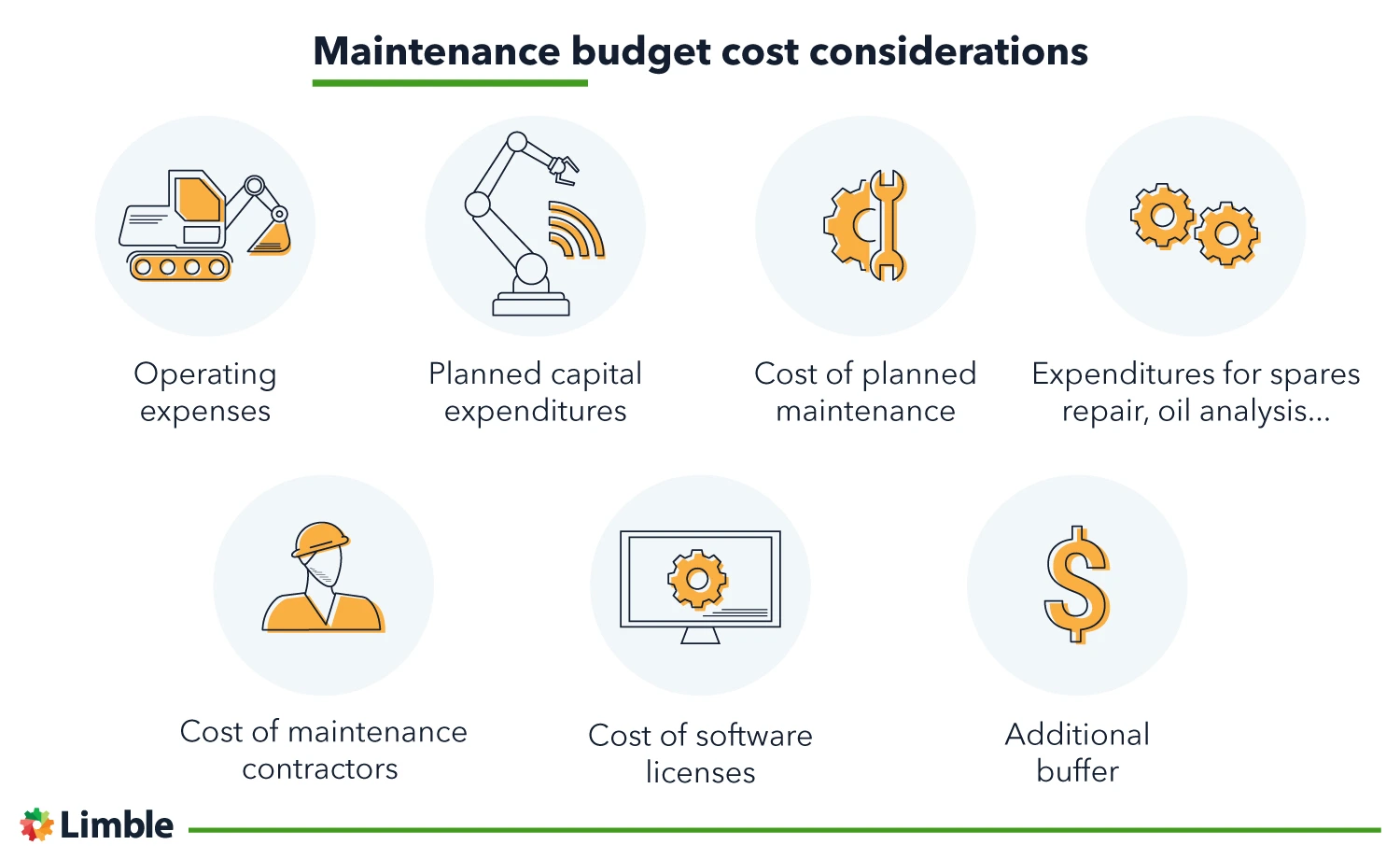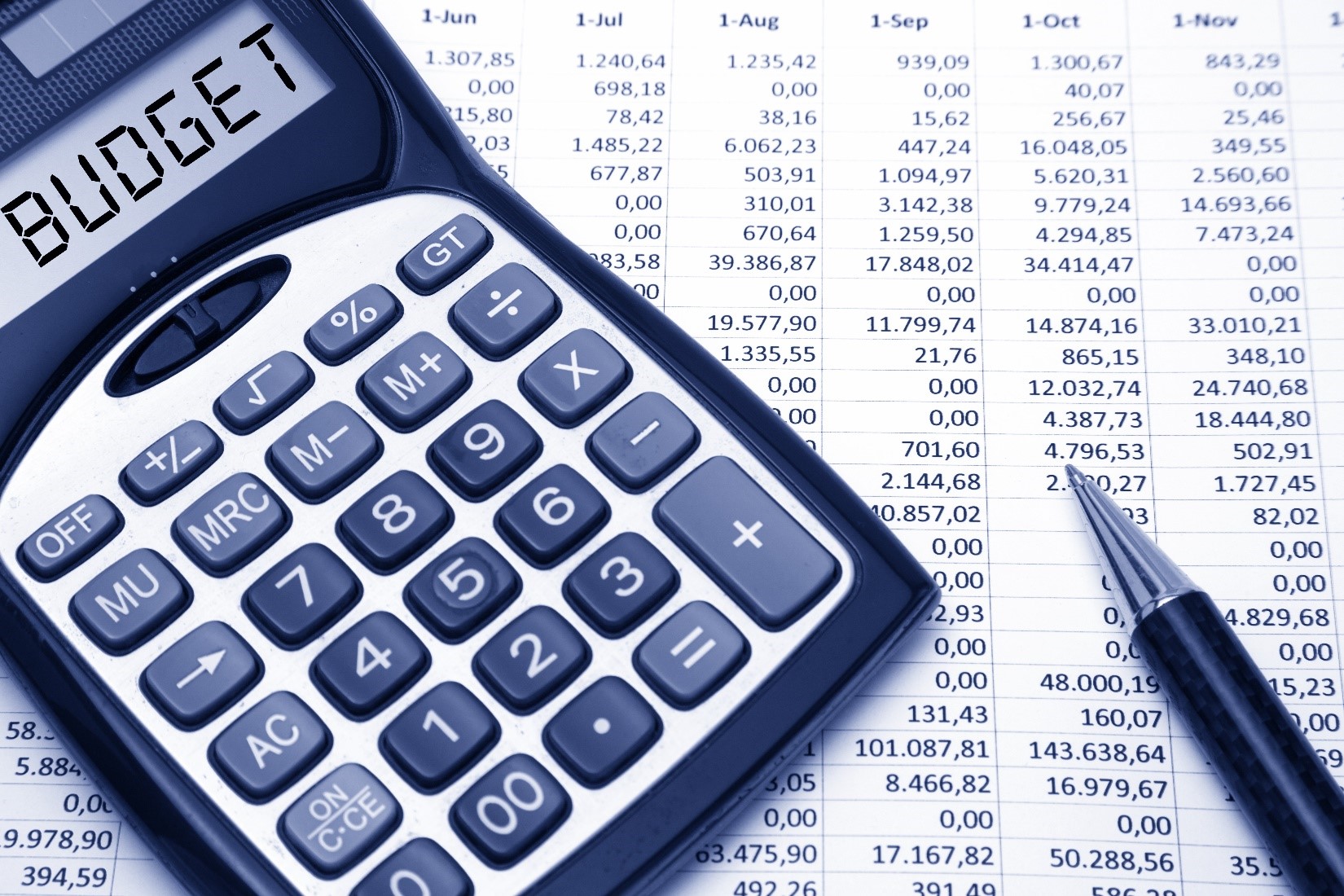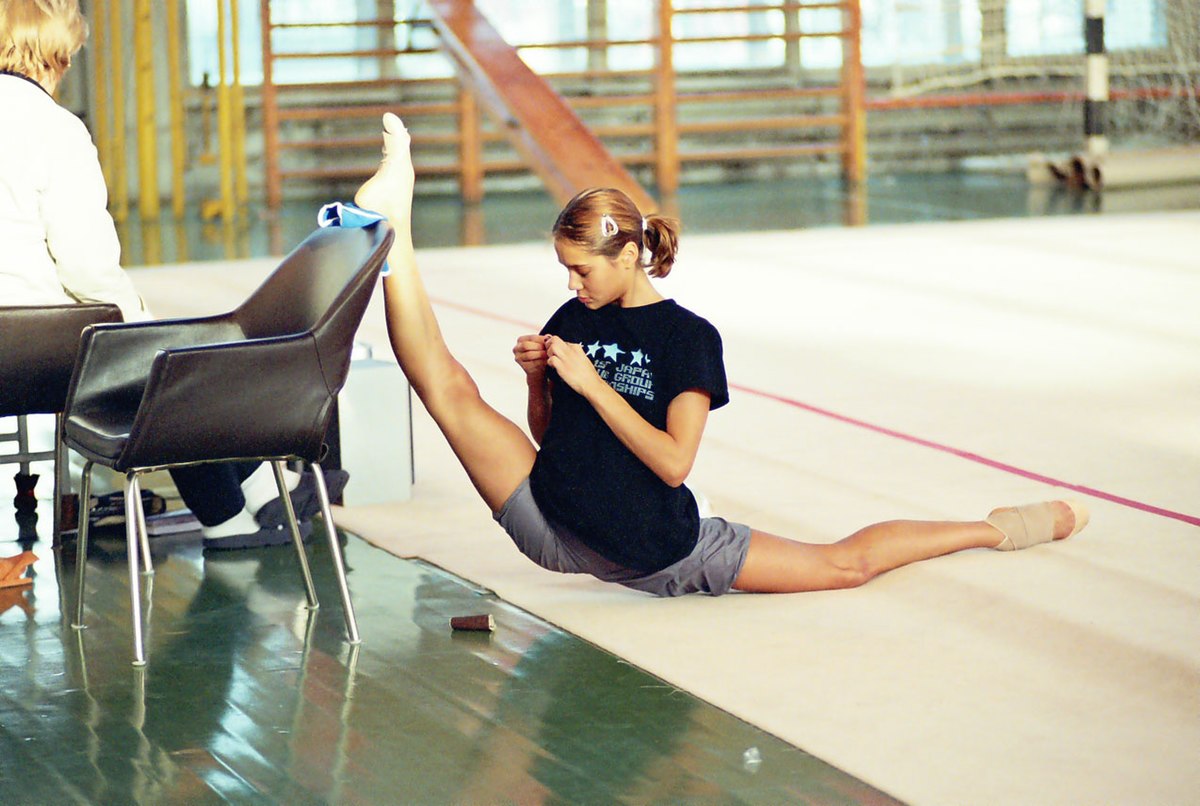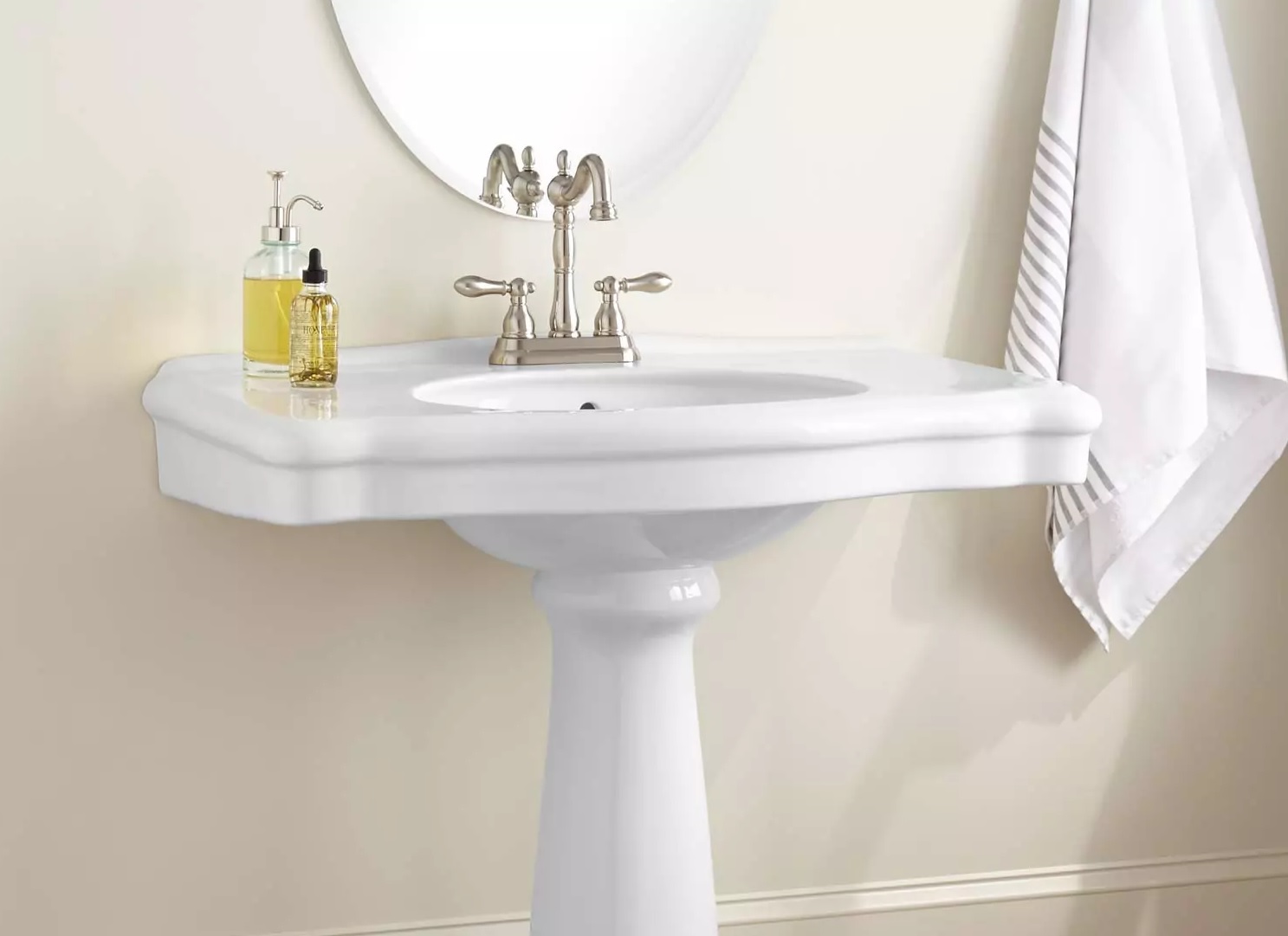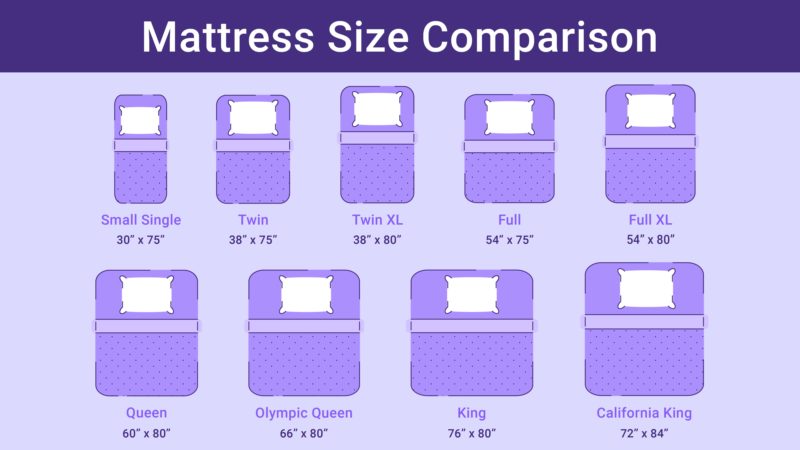When designing a restaurant kitchen, one of the most important considerations is the layout and workflow. This refers to the overall arrangement of the kitchen, including the placement of equipment and workstations, as well as the flow of movement for staff as they prepare and serve food. Having an efficient layout and workflow is crucial for maximizing productivity and minimizing delays or bottlenecks in the kitchen. This can also help to reduce the risk of accidents and injuries by ensuring that staff can move around safely and easily. To achieve an optimal layout and workflow, it is important to consider factors such as the size and shape of the kitchen, the type of cuisine being served, and the volume of food being prepared. It may also be beneficial to consult with experienced chefs and kitchen staff to get their input on the most effective layout for their specific needs.1. Layout and Workflow
The selection of equipment is another key consideration when designing a restaurant kitchen. This includes everything from cooking appliances and refrigeration units to utensils and serving dishes. Choosing the right equipment for your kitchen can greatly impact its efficiency and productivity. It is important to select equipment that is appropriate for the type and volume of food being prepared, as well as the available space in the kitchen. In addition to functionality, it is also important to consider the quality and durability of the equipment, as well as its energy efficiency. Investing in high-quality and energy-efficient equipment can help save on long-term costs and improve the overall sustainability of the kitchen.2. Equipment Selection
Efficiency and productivity go hand in hand when it comes to restaurant kitchen design. A well-designed kitchen should promote efficiency by minimizing the steps and movements required to prepare and serve food. This can be achieved through a combination of factors, including the layout and workflow, equipment selection, and organization of ingredients and supplies. By reducing the time and effort needed to complete tasks, a more productive and efficient kitchen can save time and increase profitability. It is also important to consider the ergonomics of the kitchen, ensuring that workstations and equipment are positioned at comfortable and safe heights for staff to work at. This can help prevent strain and injuries, further improving efficiency and productivity.3. Efficiency and Productivity
Safety and sanitation are vital considerations in any restaurant kitchen. The design of the kitchen should promote a clean and hygienic environment, with proper storage and disposal of food waste and regular cleaning and maintenance of equipment. In addition to keeping the kitchen clean, it is also important to consider safety measures such as fire prevention and emergency exits. Adequate ventilation and proper handling of hazardous materials can also contribute to a safe and healthy kitchen environment for both staff and customers.4. Safety and Sanitation
Proper ventilation is crucial for a restaurant kitchen to maintain good air quality. This is particularly important in kitchens where cooking produces a lot of smoke, steam, and odors. A well-designed ventilation system can help remove these pollutants, keeping the air fresh and clean for staff and customers. It can also help regulate the temperature and humidity in the kitchen, making it a more comfortable and safe working environment. When designing a ventilation system, it is important to consider the layout and placement of cooking equipment to ensure that smoke and fumes are properly extracted. Regular maintenance and cleaning of the ventilation system is also important to ensure its effectiveness.5. Ventilation and Air Quality
Effective storage and organization are crucial for maintaining a functional and efficient restaurant kitchen. This includes not only food and ingredients but also equipment, utensils, and other supplies. Proper storage and organization can help reduce clutter and create a more streamlined workflow in the kitchen. It can also help prevent cross-contamination and ensure that food is stored at the correct temperatures to maintain freshness and safety. When designing storage spaces in the kitchen, it is important to consider the type and volume of items that need to be stored, as well as their accessibility. This can help determine the best storage solutions, such as shelving, cabinets, or refrigeration units.6. Storage and Organization
Accessibility and compliance with the Americans with Disabilities Act (ADA) are important considerations for restaurant kitchen design. This ensures that the kitchen is accessible to all staff, regardless of their physical abilities. This may include features such as wheelchair ramps, lowered countertops, and accessible storage spaces. By designing for accessibility, restaurants can promote inclusivity and create a more diverse and inclusive workplace.7. Accessibility and ADA Compliance
As with any commercial space, energy efficiency is an important consideration for restaurant kitchen design. This not only helps reduce operating costs but also contributes to a more sustainable and environmentally-friendly kitchen. Energy-efficient equipment, lighting, and ventilation systems can all help to reduce energy consumption in the kitchen. Proper insulation and design of the kitchen layout can also help maintain a comfortable temperature without relying heavily on heating or cooling systems.8. Energy Efficiency
When designing a restaurant kitchen, it is important to consider the budget and overall costs associated with the project. This includes not only the cost of equipment and materials but also any potential renovation or construction costs. It may be beneficial to consult with a professional designer or contractor to get an accurate estimate of the costs involved in creating a functional and efficient kitchen. Considerations such as energy efficiency and durability may also impact the long-term costs of the kitchen.9. Budget and Cost Considerations
Finally, when designing a restaurant kitchen, it is important to consider the potential for future growth and flexibility. This means designing a kitchen that can adapt to changing needs and accommodate potential expansion or changes in the menu or style of service. This may include leaving room for additional equipment or workstations, as well as designing a flexible layout that can easily be modified to meet evolving needs. By planning for the future, restaurants can save time and money in the long run and ensure that their kitchen remains functional and efficient for years to come.10. Future Growth and Flexibility
The Importance of Proper Ventilation in Restaurant Kitchen Design

Ensuring Health and Safety
 Proper ventilation is a crucial aspect of restaurant kitchen design. It not only helps to maintain a comfortable working environment for chefs and staff, but it also plays a vital role in ensuring the health and safety of everyone in the kitchen. Without proper ventilation, a restaurant kitchen can quickly become a hot and stuffy space, making it difficult for chefs to work efficiently and increasing the risk of accidents.
Proper ventilation systems
help to remove excess heat, steam, and grease from the kitchen, creating a more comfortable and safer environment for chefs to work in. This is especially important in busy, high-heat areas such as the stovetop and oven, where temperatures can reach dangerous levels. Without adequate ventilation, chefs may be at risk of heat exhaustion or other heat-related illnesses.
Proper ventilation is a crucial aspect of restaurant kitchen design. It not only helps to maintain a comfortable working environment for chefs and staff, but it also plays a vital role in ensuring the health and safety of everyone in the kitchen. Without proper ventilation, a restaurant kitchen can quickly become a hot and stuffy space, making it difficult for chefs to work efficiently and increasing the risk of accidents.
Proper ventilation systems
help to remove excess heat, steam, and grease from the kitchen, creating a more comfortable and safer environment for chefs to work in. This is especially important in busy, high-heat areas such as the stovetop and oven, where temperatures can reach dangerous levels. Without adequate ventilation, chefs may be at risk of heat exhaustion or other heat-related illnesses.
Preventing Contamination
 In addition to maintaining a comfortable and safe working environment, proper ventilation is also essential for preventing contamination in a restaurant kitchen. Without adequate airflow, steam and grease can build up on surfaces and equipment, creating the perfect breeding ground for bacteria and other harmful microorganisms. This can ultimately lead to foodborne illnesses and health code violations.
Proper ventilation systems
help to remove these contaminants from the air, keeping surfaces and equipment clean and reducing the risk of food contamination. This is especially important in the kitchen, where food is prepared and served to customers.
In addition to maintaining a comfortable and safe working environment, proper ventilation is also essential for preventing contamination in a restaurant kitchen. Without adequate airflow, steam and grease can build up on surfaces and equipment, creating the perfect breeding ground for bacteria and other harmful microorganisms. This can ultimately lead to foodborne illnesses and health code violations.
Proper ventilation systems
help to remove these contaminants from the air, keeping surfaces and equipment clean and reducing the risk of food contamination. This is especially important in the kitchen, where food is prepared and served to customers.
Meeting Regulations
 Proper ventilation is not just a matter of health and safety, but it is also a legal requirement for restaurant kitchens. Health codes and regulations often have specific requirements for ventilation systems in commercial kitchens, and failure to comply can result in fines or even closure of the establishment.
By incorporating proper ventilation systems
into the design of a restaurant kitchen, owners can ensure that their establishment meets all necessary regulations and avoid any potential legal issues.
In conclusion, proper ventilation is a crucial consideration in restaurant kitchen design. It not only ensures the health and safety of chefs and staff but also plays a vital role in preventing contamination and meeting legal requirements. As such, it should be a top priority for any restaurant owner or designer.
Proper ventilation is not just a matter of health and safety, but it is also a legal requirement for restaurant kitchens. Health codes and regulations often have specific requirements for ventilation systems in commercial kitchens, and failure to comply can result in fines or even closure of the establishment.
By incorporating proper ventilation systems
into the design of a restaurant kitchen, owners can ensure that their establishment meets all necessary regulations and avoid any potential legal issues.
In conclusion, proper ventilation is a crucial consideration in restaurant kitchen design. It not only ensures the health and safety of chefs and staff but also plays a vital role in preventing contamination and meeting legal requirements. As such, it should be a top priority for any restaurant owner or designer.
